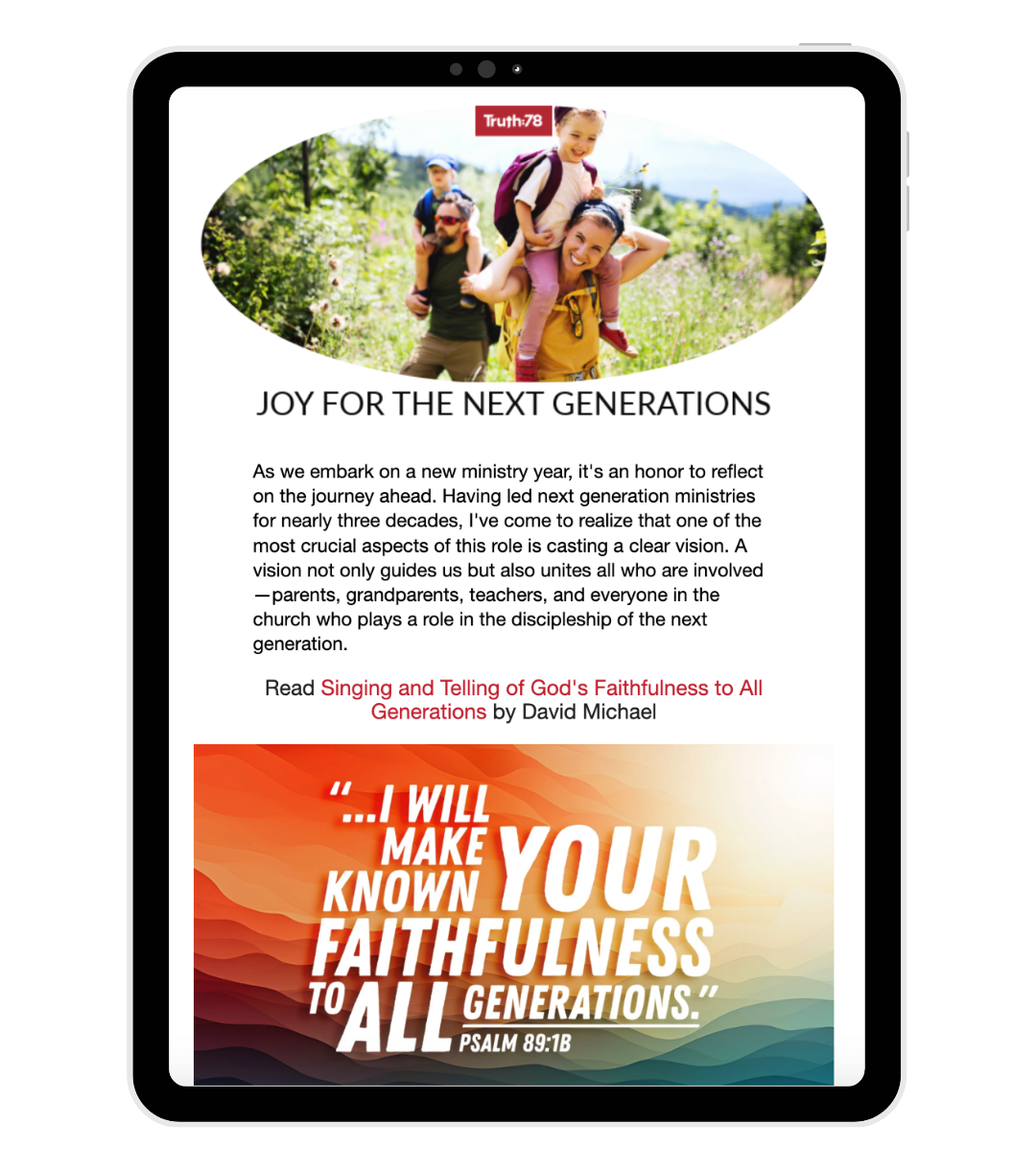 Open My Eyes
Open My Eyes, our newly released study for youth teaches youth the lifelong skill of studying the Bible. The curriculum focuses on four keys themes, which we are looking at this week:
- The need to study the Bible
- Understanding the genres of Biblical literature
- Learning inductive Bible study skills
- Responding to God in faith from the heart
The main section of lessons in
Open My Eyes varies between discovering the genres of Biblical literature and learning practical inductive Bible study skills. This gives students extra time to learn new skills before introducing the next one.
If you do not consider the literary context the verses in the Bible are presented in, you may be very confused. There is a great difference between historical narratives and parables, letters and poetry. To correctly interpret a Bible passage, students need to learn to understand the author’s intended meaning through exploring the context. Christians can be deceived in their understanding of the Word if they do not carefully study the Bible.
Open My Eyes gives students an overview of nine genres of Biblical literature to equip them in understanding the context.
Genres of Biblical Literature
In the Beginning: Old Testament Narratives
Bible narratives, which were written for our instruction, reveal God’s character, His purposes and His involvement with man. History is HIS story that shows God is a living God who is involved in the lives of His people every day. To reduce the Old Testament stories to moral lesson or to allegorize them without warrant is to err in reading the Bible. Students are taught to read the Old Testament within the context of creation, sin, redemption and the return of Christ.
Hear, O Israel: The Law
Although the ceremonial and civil law described in the Old Testament does not directly apply to us today, the moral law and the principles behind the Law still have implications for us today. God’s law, a binding contract between Him and His people, is a reflection of His character and His will, and contains a description of the means by which God could pardon sin. Applying the rule that “Context is king!”, students are reminded that the Law cannot be separated from its historical and theological context.
LORD, Our Lord: Biblical Poetry
Comparing the historical narrative of crossing the Red Sea in Exodus 14:26-31 with the account in poetic form in Exodus 15:1-6 displays the power of poetry to stir the heart. The Bible uses poetry to engage the heart because man was created not to just know God, but to love Him as well.
Seek Wisdom: Wisdom Books
Youth are given the tools for understanding the proverbs as they discover the meaning of Wisdom in Proverbs. The Bible reveals true wisdom through statements of general truth, and through the overall themes of the book. Students will chart the beginning, conflict, climax and resolution of the book of Job in order to learn how to put wisdom passages in context of the whole book.
Thus Says the Lord: Prophecy—Forthtelling
The prophets were messengers of God forthtelling His message of repentance. Their oracles pronounce God’s judgment on Israel and Judah, but also contain a message of hope. Youth learn how to understand the prophetic message through the prophets’ lens of the immediate, the distant and the far distant.
The End Shall Come: Prophecy—Forthtelling
Apocalyptic literature contains both literal and symbolic language as it reveals future events. The imagery, dreams and visions that appear in apocalyptic literature make it hard to understand. Students are instructed to be tentative in assigning meaning to symbols that are not explained and to focus on main ideas rather than a chronology of end –times events. Most importantly,
Open My Eyes urges students to seek Jesus in reading the book of Revelation.
The Word Became Flesh: The Gospels
The gospels record the life of Jesus. However, they are not biographies, nor strictly chronological accounts of the life of Christ. The gospels are God’s message to His people through the several human authors to tell about the redemptive work of His Son. The stories of Jesus and the record of His teaching are often arranged topically to present to us who Jesus is and what He has done for us. In order to glean understanding on how to interpret the gospels, youth will explore the similarities and differences between the books to discover the individual author’s audience and purpose.
And He Told Them a Parable: Parables
Students will discover how to read a parable to interpret the one main spiritual truth each parable reveals to believers through the use of examples in the physical world.
Grace Be With You: Letters
The letter must be understood within their historical and literary context, and in combination with the rest of the Bible. Youth will analyze the letter format of greet, body and farewell and they learn to determine the author’s meaning and purpose in writing his letter.
Be sure to come back tomorrow for a big announcement…and to discover how your high school students can learn inductive Bible study skills. To learn more about
Open My Eyes, view the
Curriculum Sample or
place an order for your own copy of the study.
 Open My Eyes, our newly released study for youth teaches youth the lifelong skill of studying the Bible. The curriculum focuses on four keys themes, which we are looking at this week:
Open My Eyes, our newly released study for youth teaches youth the lifelong skill of studying the Bible. The curriculum focuses on four keys themes, which we are looking at this week:






